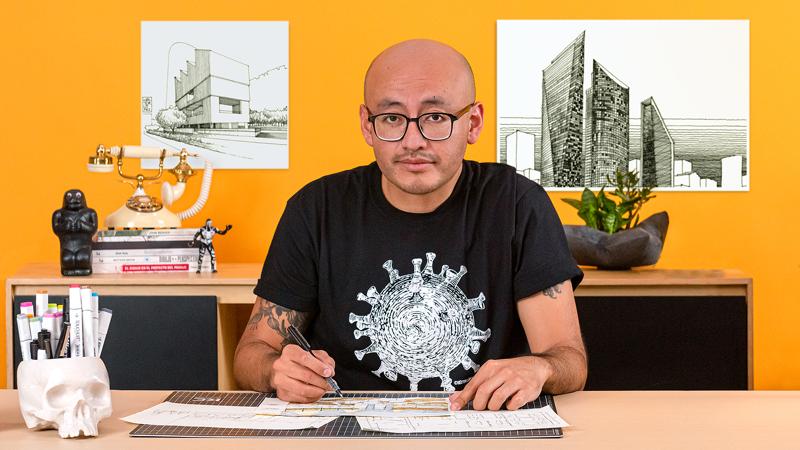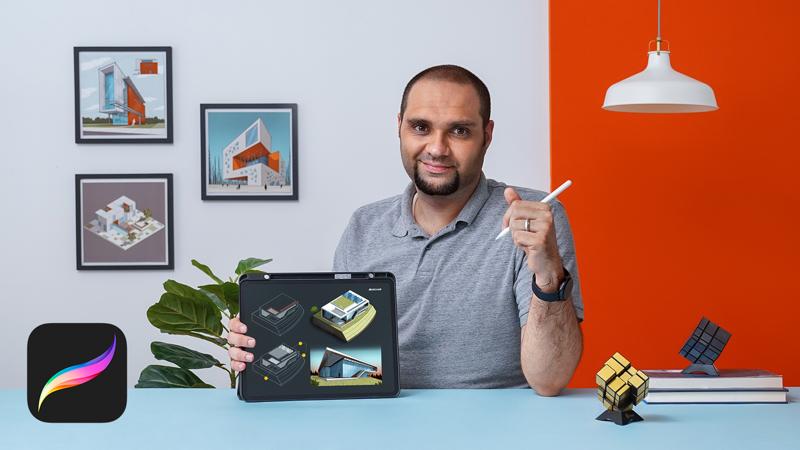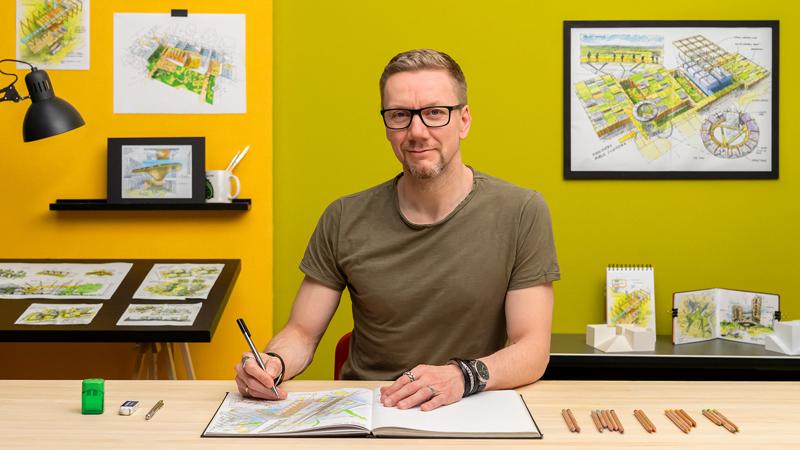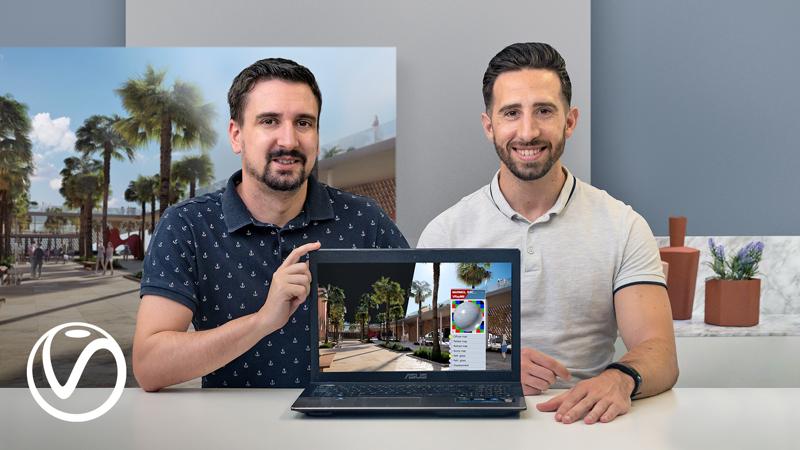Course overview
- Provider
- Domestika
- Course type
- Paid course
- Level
- Intermediate
- Deadline
- Flexible
- Duration
- 5 hours
- Lessons
- 24 lessons
- Certificate
- Available on completion
- Course author
- Visualfabrik
-
Transmitting the essence of a home or architectural space involves representing each detail impeccably, of every material, lighting, or setting that was chosen, to convey the feeling of a space. Architectural studio Visualfabrik focuses on visualizing architecture from its exterior as much as its interiors, revealing a lifestyle in the midst of nature, spaces to relax and enjoy, transmitting a feeling that goes further than a simple image.
In this course, Visualfabrik teaches how to create an architectural design with the space that surrounds it with 3ds Max and V-Ray. Learn how to recreate a natural space that includes fields, plants, trees, and all flora that bring a space to life.
Description
Meet the team at Visualfabrik, Álvaro and Miguel. They speak about their careers, projects, sources of inspiration, and give a summary of what you will do in the course.
First, see the importance of the surrounding area in an architectural project and how it can bring added value to the design as a whole. See all that relates to V-Ray and go through basic modeling concepts.
Start by using the base of a project and work on the modeling of the building as well as its natural surroundings. Begin with the hilly terrain, then the facade, and the exterior details and flooring, as well as recreating the vegetation such as the grass and surrounding forests. Learn the key aspects to consider when modeling to achieve professional results.
Then, they move on to show you how to use V-Ray cameras to create the right exposure and frame, to make the architecture pop in your images. For this, learn different lighting techniques, for both day and night.
The next step is to create the basic materials and other details with V-Ray, using different techniques and plugins, to apply to different parts of the project.
Once you have your scene ready, configure the render engine to optimize the rendering times at the best possible quality; export the renders and other elements that will help in the post-production phase.
Finish your images on Photoshop, adding the elements that you deem convenient to achieve a hyper-realistic, professional finish.
Similar courses

-
Flexible deadline
-
2 hours
-
15 lessonsCertificate

-
Flexible deadline
-
2 hours
-
14 lessonsCertificate

-
Flexible deadline
-
2 hours
-
15 lessonsCertificate

